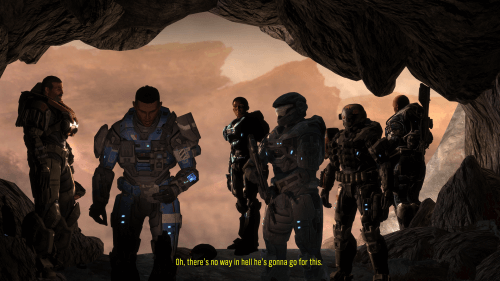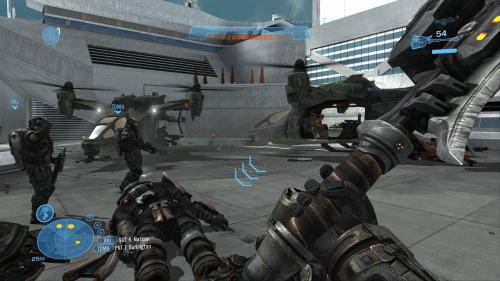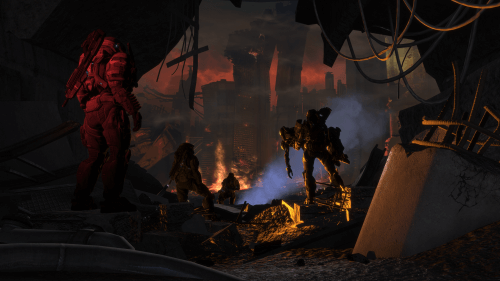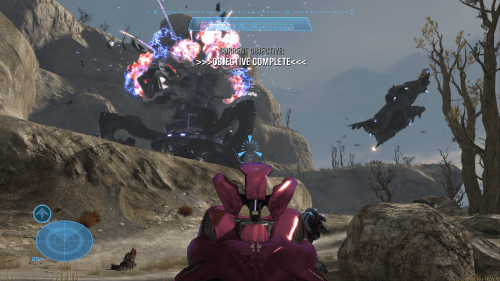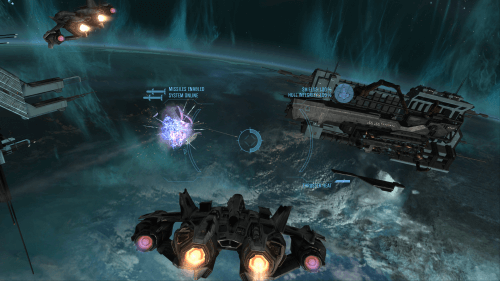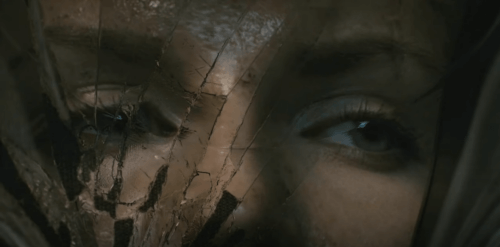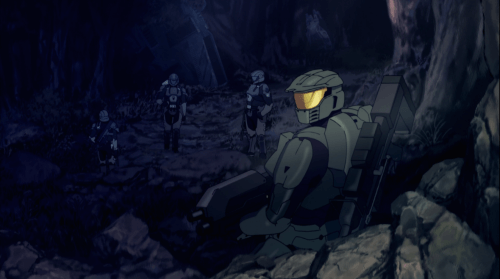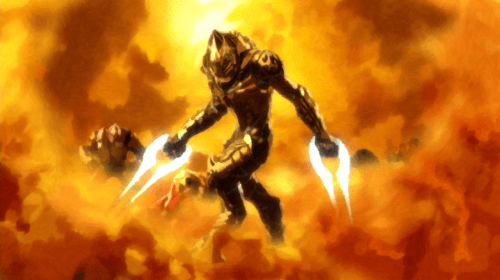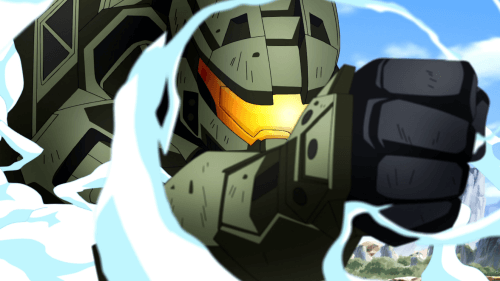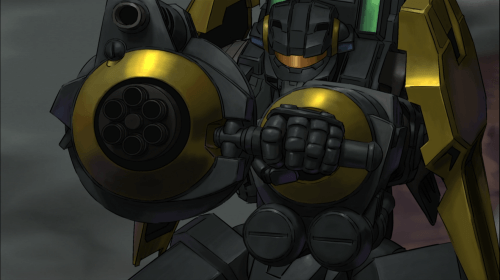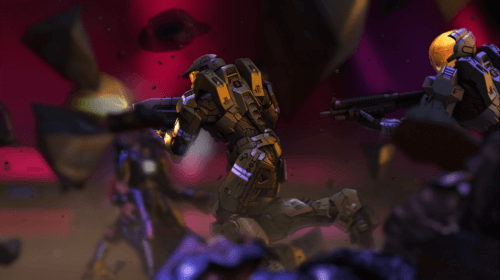The Story So Far: As the Forerunner dreadnought, the Anodyne Spirit, enters Earth’s atmosphere, Master Chief makes a hasty escape, relying only on his armor and a piece of the ship’s heat shielding for protection. Rescued by UNSC and separatist Sangheili Elites troops, the Master Chief is then sent to help clear Covenant air defenses deployed to protect the Prophet of Truth as he attempts to activate a Forerunner artifact excavated near New Mombasa. While successful, the UNSC isn’t able to prevent Truth from activating the artifact, which creates a massive slipspace portal. As Truth and the remaining Covenant fleet jump through the portal, a Flood infested UNSC ship crash-lands nearby, though Elite forces move quickly to contain the Flood threat. Following a message left by Cortana hinting that a way to stop the Flood exists on the other side of the portal, the Elite fleet, accompanied by a small UNSC force and 343 Guilty Spark, travels through it, leading them to a massive Forerunner Halo control and construction installation called the Ark. Master Chief, along with the Arbiter and a squad of UNSC marines, head to the surface to stop Truth from remotely activating the remaining Halo rings. High Charity, now fully controlled by the Flood, jumps in and the Flood begin their own assault on the Ark. The Covenant succeed in activating the rings prompting the Gravemind to offer Master Chief and the Arbiter a truce. With the Flood’s assistance, the pair fight their way through the Prophet of Truth’s remaining forces, killing him and halting the activation. With the threat of the Halos being activated out of the way, the Flood immediately turn on their new allies. Devising a plan to wipe out the remaining Flood by activating the still under construction Halo Installation 04 replacement ring, Master Chief heads to the Flood infested High Charity to recover Cortana. Despite 343 Guilty Spark attempting to stop them, Cortana is able to activate the incomplete ring and the Master Chief, Cortana, and the Arbiter make a last minute escape aboard the now abandoned UNSC frigate Forward Unto Dawn. The activation of the incomplete ring causes it to self-destruct, destroying the Ark and the Flood along with it as planned. An unintended side effect of the destruction, the slipspace portal ruptures just as the Forward Unto Dawn is traveling through it, ripping the ship in half, and stranding the Master Chief and Cortana in unknown space. While the Arbiter makes it through the portal, the Master Chief is presumed dead.
Now, before we jump into Halo 4, it’s worth a brief mention that the Halo: CE Anniversary was released in 2011. These days it’s usually thought of as a foundational piece of the Master Chief Collection, but it was a standalone Xbox 360 release first. I’ve already talked a bit about the Anniversary edition when talking about Halo: CE, which has continued to be improved in the MCC even since that post, but there was, no surprise, another live action trailer around its release. No real story here, it simply depicts a UNSC Commander giving a speech at some sort of a remembrance ceremony. Not bad, but entirely skippable.
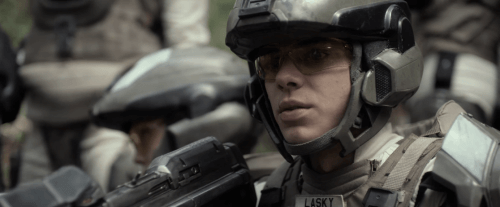
“Our protagonist, a very young Thomas Lasky.”
Moving on to 2012, no, this isn’t about Halo 4, but Halo 4: Forward Unto Dawn. I didn’t necessarily plan on giving Forward Unto Dawn its own post, but between its plot setup and its release date, I suppose it makes the most sense to talk about it separately first. Halo 4: Forward Unto Dawn is really the culmination of these sorts of live action promotional shorts, at least up to this point. Another marketing effort itself, Forward Unto Dawn was released as five 15 minute web shorts and then compiled into a single movie for a DVD release, which makes it the closest thing we had to a Halo movie by 2012. I watched it around the time I played through Halo 4 and was pleasantly surprised that it actually surpassed my (admittedly, rather low) expectations. In fact, in my brief original post about Halo 4 I joked that I probably enjoyed Forward Unto Dawn more than Halo 4’s campaign. I’m curious about how that statement holds up.
So it’s not Halo 4 proper, but what is Forward Unto Dawn about? Well, for the first time in this series I think I’m going to go ahead and recap its plot in the same post as I just recapped the previous game’s. The reason for that is, despite being set immediately following the events of Halo 3 described above (and also depicted in the Origins sections of Halo: Legends) the movie is essentially one big flashback. That means it mostly takes place out of chronological order from the main series and the parts that don’t are more setup for Halo 4 rather than plot spoilers. As usual, while I’m fairly vague in these plot summaries they absolutely do still contain spoilers, so skip the next two paragraphs if you want to avoid them.
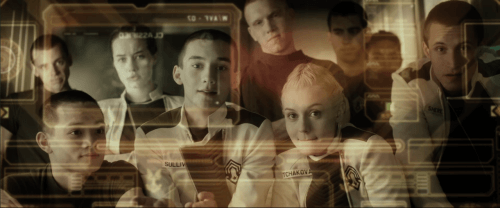
“The freshmen of Hastati squad bonding over some light illegal espionage.”
The Story: Commander Lasky, executive officer of the UNSC Infinity, reviews a distress signal sent by the AI Cortana aboard the UNSC frigate Forward Unto Dawn. This triggers a flashback to his time as a cadet at the Corbulo Academy of Military Science on Circinius IV some 30 years earlier. The son of a high ranking officer and brother of another graduate of CAMS who became an elite ODST trooper, Lasky was under a lot of pressure to perform. With ailing health due to cryosleep sickness and grief over the loss of his brother, Lasky began developing a reckless disregard for orders, causing his squad to underperform in combat exercises and leading to him to clashing with his classmates. With the help of one of his professors, Lasky has a breakthrough just before the last combat exercise of the term and leads his squad to a major victory. His sickness worsening, Lasky is given the option of being medically discharged from the academy. As he contemplates his future, a campus-wide alarm sounds and he and his classmates gather at the academy’s space elevator to evacuate. As ODST drop pods land all around them, Covenant corvettes appear overhead and destroy the elevator. Fleeing in terror from this unknown threat, Lasky and his classmates seek refuge as Covenant attackers viciously cut down anyone they see. Unsuccessfully attempting to breach an armory, the cadets are forced to hide from an Elite Zealot stalking them. Just as the Elite is about to find them it’s struck down by an SPARTAN-II. As unknown to them as the Covenant aliens, the cadets cautiously follow the Spartan, who introduces himself as Master Chief before helping to arm them and leading them to an evacuation site. Clashing with more Covenant forces along the way, the few shell-shocked surviving cadets, including Lasky, eventually board a Pelican with Master Chief and the other Spartans of his squad. Back on the Infinity, the ship and its escorts prepare to jump to the origin of Cortana’s signal. Meanwhile, Cortana considers waking Master Chief from cryosleep as the wreckage of the Forward Unto Dawn is pulled off course.
My favorite aspect of the story is that Lasky’s flashback takes place before the existence of the Covenant and even the Spartan program were declassified, and Forward Unto Dawn does an excellent job at conveying that. Seeing the cadets’ wonder at Sullivan’s footage depicting these huge, armor clad soldiers, the panic as they realize the ODST dropping at the school is a really bad sign, their confusion and shock as Covenant ships appear overhead, how terrifying the Covenant Elites hunting them down are, and their awe over Master Chief’s size, strength, and professionalism: it’s all great and helps ground some of the more fantastical elements of Halo that have been somewhat taken for granted in the games. Not only that, but the sheer badassery of Master Chief in contrast to what we’d seen from these young cadets up to this point (further contrasted with how slow the first 2/3s of the movie is) is a great moment of fan service that I loved almost as much during this viewing as I did the first time around.
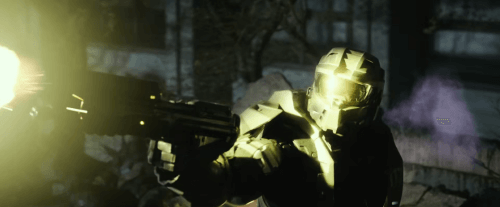
“Master Chief firing his AR one-handed for extra cool points.”
For a web series, Forward Unto Dawn is surprisingly solid on the production front. The actors are all at least adequate, the direction is, I suppose, fine, and the score, peppered with the excellent tracks from Halo 4 as well as callbacks to earlier games, is good. Besides the fact that most of the action takes place in some very dark environments being a bit of a cheat, CGI is used fairly subtly, and the costumes, props, and practical effects look pretty good (with that old Weta Workshop Warthog making yet another appearance!) It absolutely is not, however, the big budget Halo movie that no doubt both Microsoft and Hollywood executives have been hoping will have major crossover appeal at the box office for years on end now. I believe that by this time any serious efforts tied to the Peter Jackson produced effort had died off, although it seems that the idea was never completely abandoned. After what seems like an eternity, its current incarnation, a gritty Showtime series (now bound for Paramount+) just got a teaser trailer this week.
In conclusion, Halo 4: Forward Unto Dawn might not do an awful lot to fill any story gaps as we go into Halo 4, but it did at least help build the excitement for its launch. More importantly, it still stands up as a solid entry in the expanded media of the franchise, even if it is a bit of a side story. I’d easily recommend it to Halo fans, but this sadly isn’t the one that is going to win over masses of non-gamers.
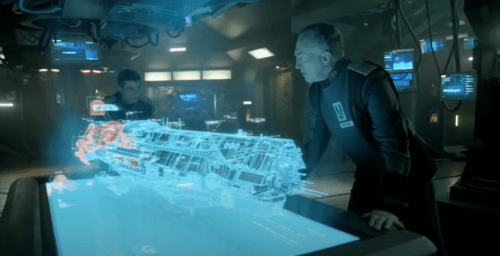
“Capt. Del Rio: ‘Red means bad, right?'”
While we’re here, the CG Halo 4 teaser trailer “Awakening” from 2011 shows Cortana waking Chief up and him scrambling to survey the situation, only to find his chunk of the Forward Unto Dawn being pulled towards a massive constructed object that resembles the Forerunner Shield World we encountered in Halo Wars. More notably, the live-action Halo 4 trailer “The Commissioning” released later in 2012 shows the commencement ceremony for the UNSC Infinity’s new mission as Captain Del Rio gives a speech. As the trailer continues, we see the Infinity sometime later being scanned by a mysterious orange light, then erupting in chaos as systems malfunction and crewmembers strain from the pressure as the ship is pulled to the very same object. Pretty cool trailer, and I think I’d chalk this one up as essential as well. More about what is actually going on here when we get to Halo 4 itself, of course!
